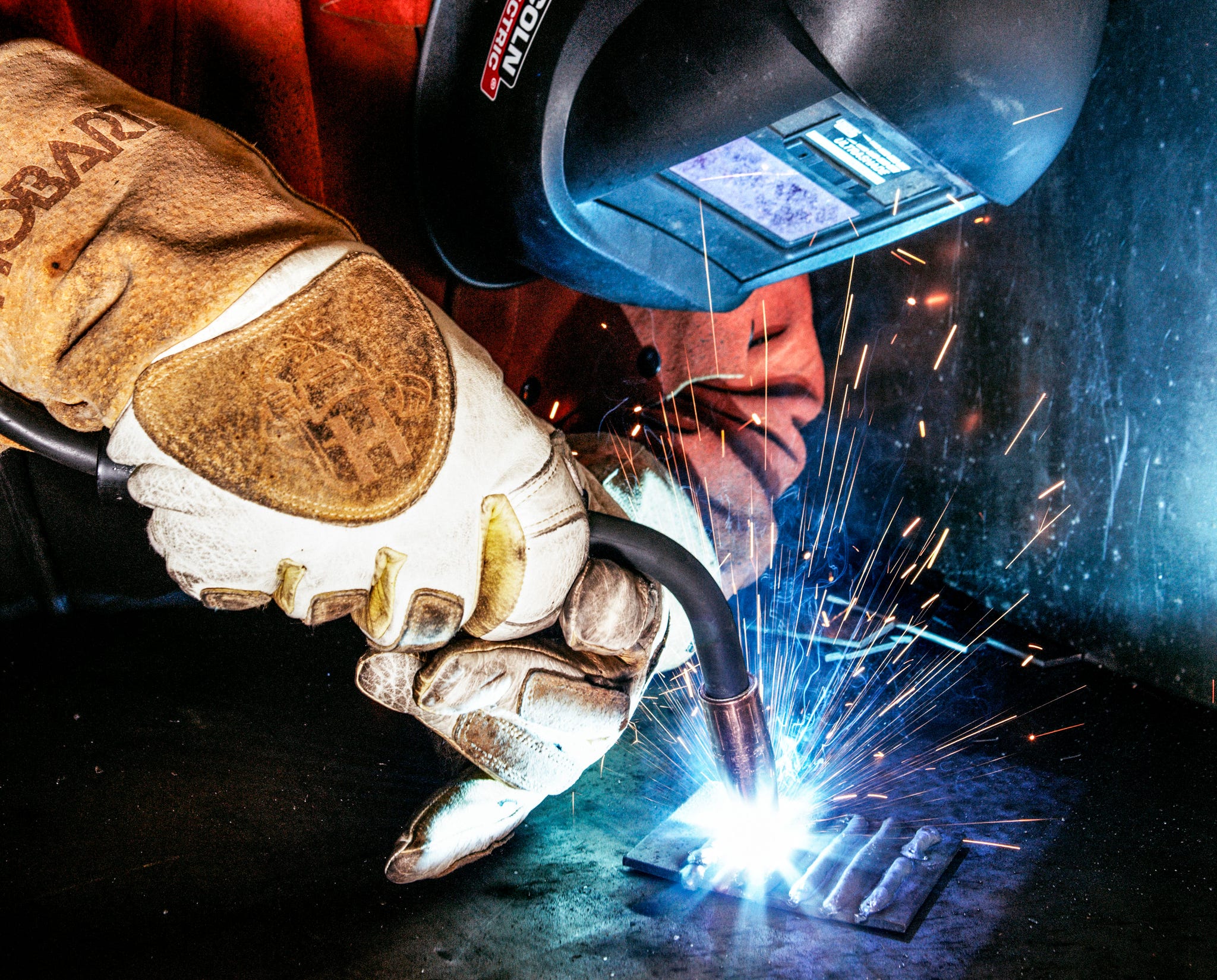Advanced Welding WPS: Tailoring Specifications for Facility Tasks
Advanced Welding WPS: Tailoring Specifications for Facility Tasks
Blog Article
Grasping Welding WPS Criteria: Ideal Practices and Techniques for Top Quality Welds
In the world of welding, understanding Welding Procedure Specification (WPS) criteria is an important element that directly influences the top quality and stability of welds. Complying with these criteria makes sure consistency and integrity in welding results. However, achieving excellence in welds goes past simply understanding the standards; it involves carrying out ideal methods and strategies that elevate the craft to a level of precision and ability that establishes apart the standard from the extraordinary. As we navigate via the intricacies of welding WPS criteria, uncovering key insights and methods for attaining top-tier welds will certainly be vital for welders looking for to excel in their craft and produce welds that stand the test of time.
Recognizing Welding WPS Criteria

Assessors rely on WPS paperwork to validate that welding procedures are being adhered to correctly and that the resulting welds are of high top quality. Engineers use WPS standards to create welding procedures that make sure the resilience and integrity of bonded structures.


Vital Tools for Quality Welds
Understanding welding WPS criteria is necessary for welders to properly utilize the important tools required for producing high quality welds. One of one of the most essential tools for quality welds is a welding device. The type of welding device required depends upon the welding process being made use of, such as MIG, TIG, or stick welding. Welding headgears are also indispensable to shield the welder's eyes and face from sparks, warm, and UV radiation. Additionally, welding handwear covers made from resilient and heat-resistant materials protect the hands from injuries and burns. Clamps and magnets assist hold the workpieces together safely throughout the welding process, guaranteeing exact and accurate welds. Cable brushes and breaking hammers are essential for cleaning the weld joint prior to and after welding to get rid of any type of impurities that can affect the high quality of the weld. Last but not least, a determining tape and angle grinder serve devices for ensuring correct positioning and preparing the workpieces for welding.
Key Methods for Welding Success
To accomplish welding success, one must understand the crucial strategies essential for producing top quality welds. Keeping a consistent hand and a stable welding placement throughout the procedure is crucial to accomplishing precision and consistency in the welds. By understanding these vital methods, welders can elevate the high quality of their work and attain welding success.
Ensuring Conformity With WPS Criteria

In addition, keeping detailed records of welding parameters, tools calibration, and examination outcomes is Continued critical for showing compliance with WPS requirements. By vigilantly adhering to WPS requirements, welders can guarantee that their work satisfies the necessary quality levels and adds to the overall success of the welding job.
Troubleshooting Common Welding Issues
To address this, making certain proper cleansing of the base metal before welding and utilizing the right shielding gas can significantly decrease porosity. Additionally, distortion, breaking, and spatter are typical welding challenges that can be alleviated via correct joint prep work, constant warmth continue reading this control, and picking the proper welding consumables. By thoroughly comprehending these typical welding concerns and their origin triggers, welders can efficiently fix issues and attain high-quality welds.
Conclusion
In verdict, mastering welding WPS requirements needs a complete understanding of the guidelines, using necessary tools, and applying vital strategies for effective welds. Ensuring compliance with WPS criteria is essential for generating high quality welds and preventing common welding problems. By adhering to best techniques and practices, welders can achieve regular and trustworthy lead to their welding tasks.
In the world of welding, grasping pop over here Welding Procedure Specification (WPS) criteria is an essential component that directly affects the top quality and stability of welds.When delving right into the realm of welding methods, a crucial element to comprehend is the importance and intricacies of Welding Treatment Spec (WPS) standards. WPS criteria offer a thorough guideline for welding procedures, guaranteeing consistency, high quality, and safety in the welding procedure. The type of welding machine required depends on the welding process being made use of, such as MIG, TIG, or stick welding.Attaining welding success through the proficiency of crucial techniques demands an extensive understanding and adherence to Welding Treatment Specification (WPS) standards.
Report this page